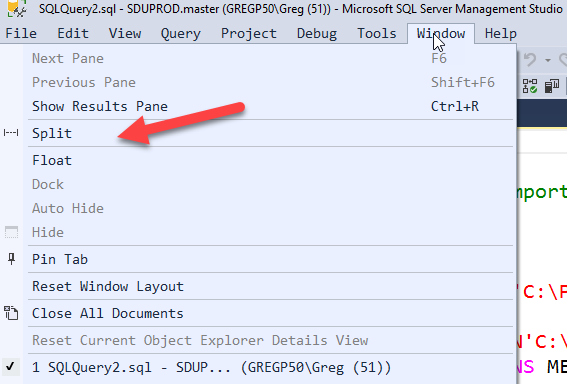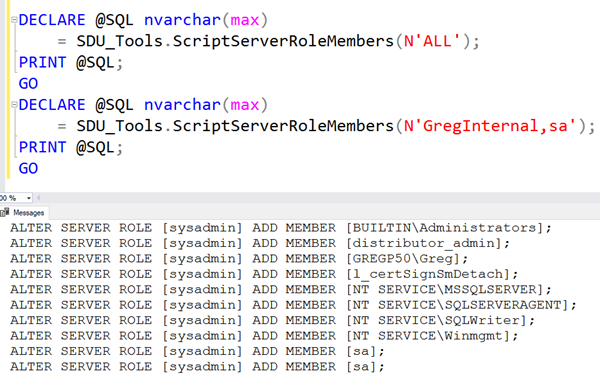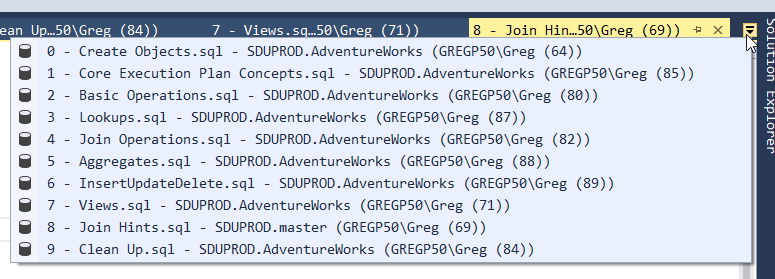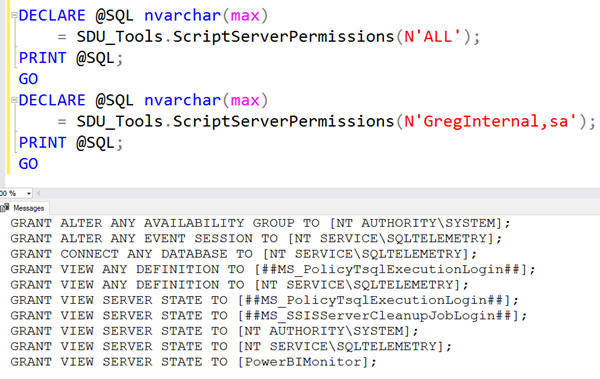
T-SQL 101: 1 What is SQL?
For some time, I’ve been thinking that I should create a series of blog posts about the T-SQL language, from a beginner’s perspective. For the next few months, my Monday posts will be intro-level T-SQL.
The obvious topic to start with then, is what is SQL in the first place?
When I started working with databases in the 1980’s, there were many, many different types of database. Each database had its own language that was used to get information back out of the database, or to put the information into the database in the first place.
2019-01-21










